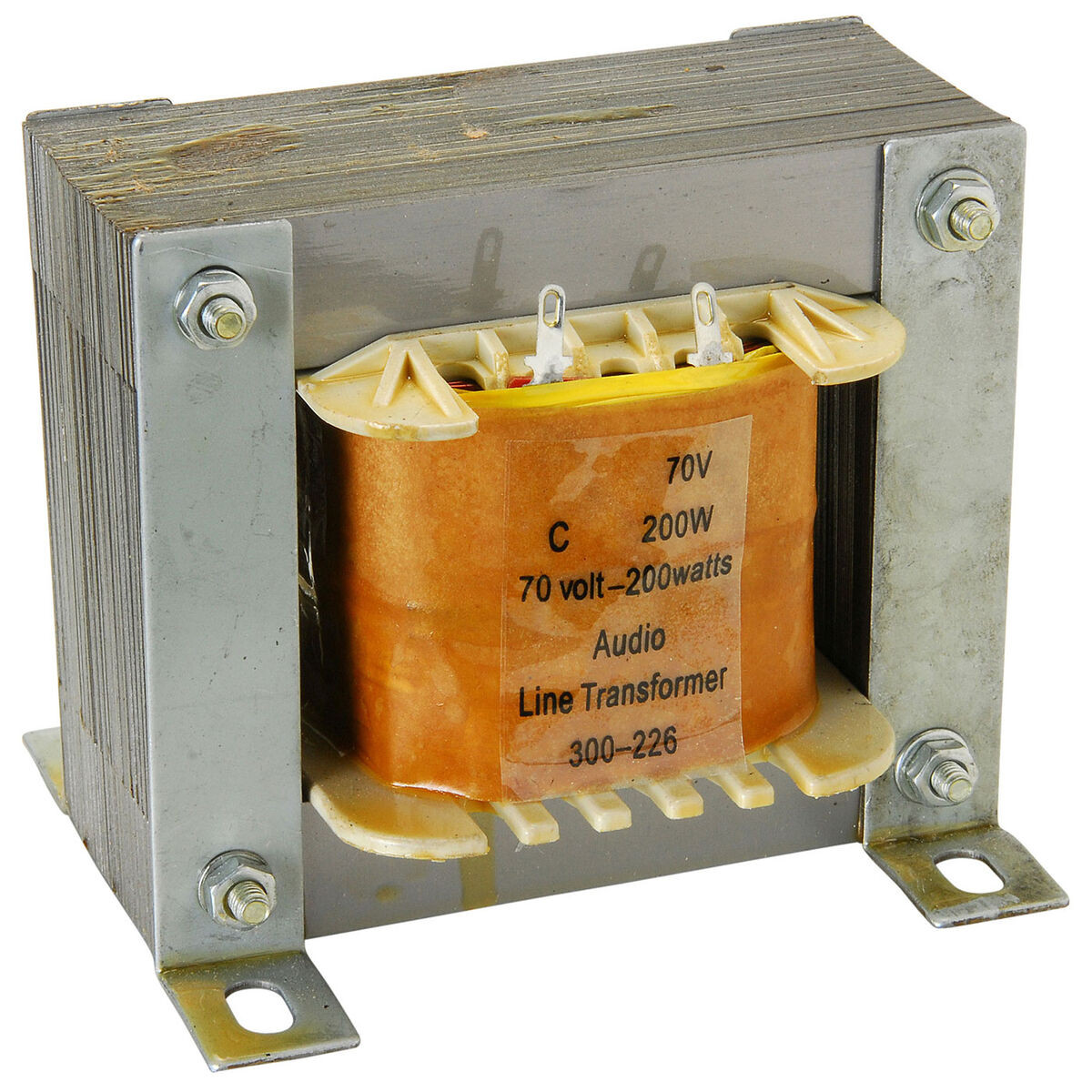Perhaps the lesson here is: that if you try to use a core designed for 50Hz, at 400Hz, it is bigger than required, so has more core material in which to induce eddy currents; so greater losses.the smaller the core needs to be. I just don't see 50x more core loss.


